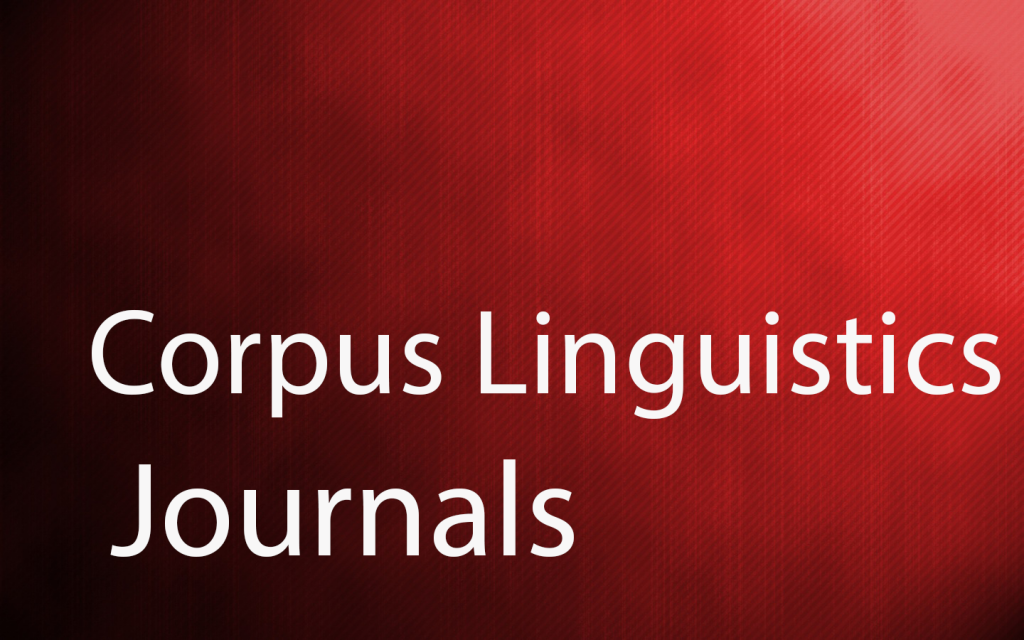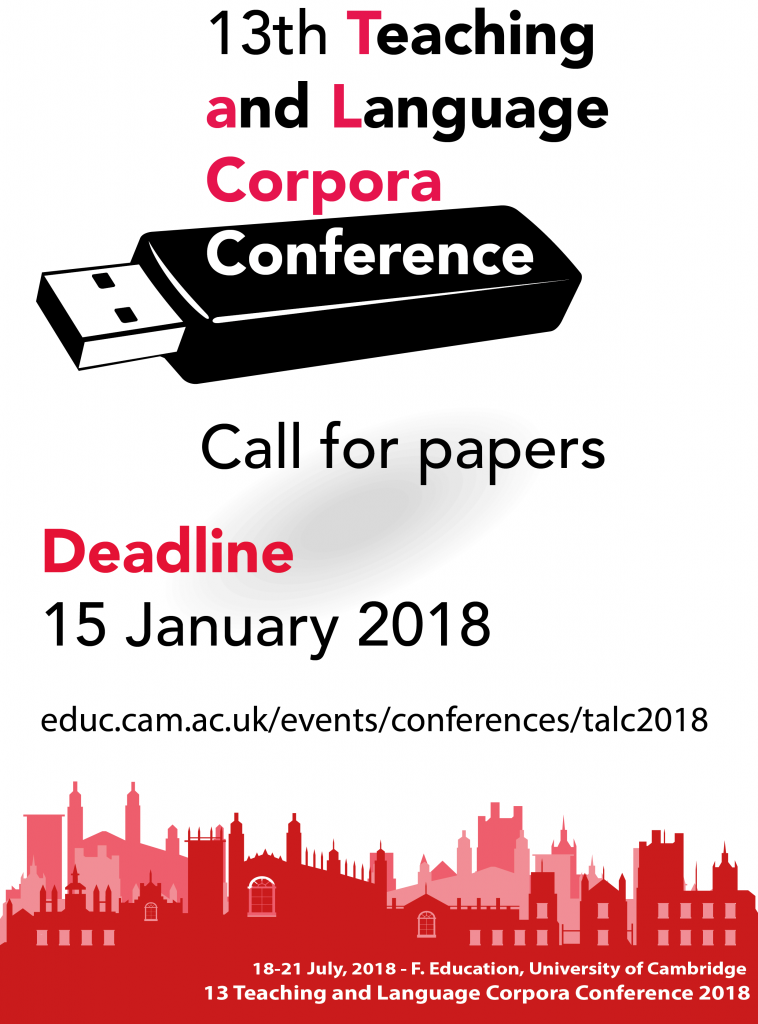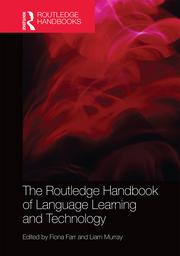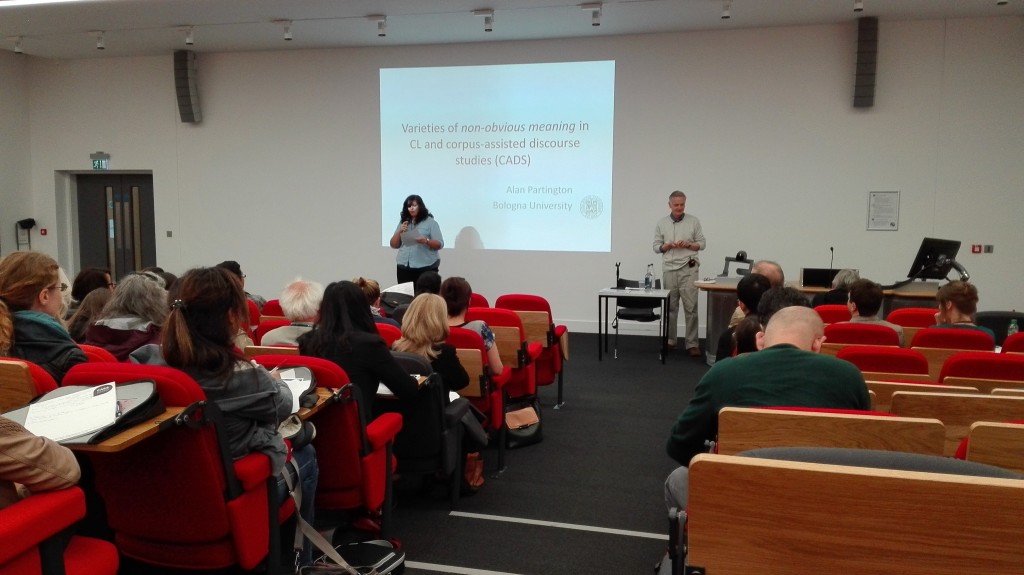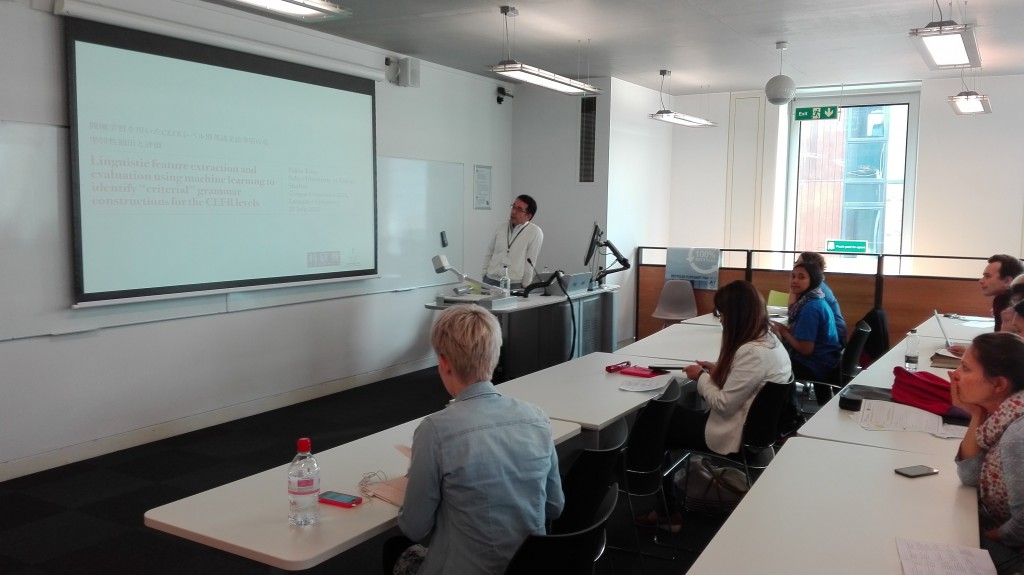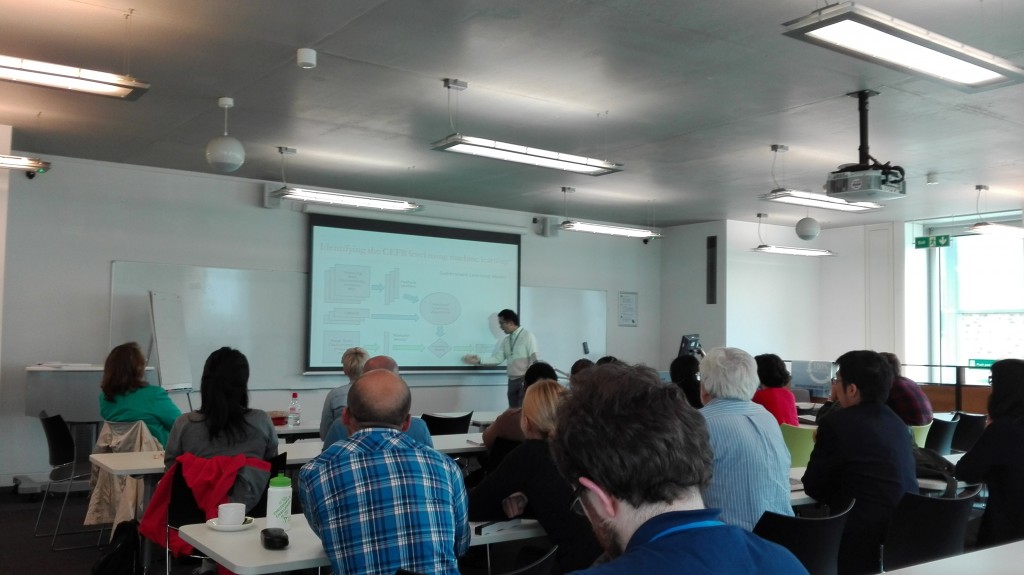Category: corpora
13 TaLC Conference. 18-21 July, U. Cambridge #CFP
Graphic Online Language Diagnostic
The Graphic Online Language Diagnostic (“GOLD”) is a corpus tool that allows language educators to submit and analyze language data. GOLD was developed by the Center for Advanced Language Proficiency Education and Research (“CALPER”) at The Pennsylvania State University (“PSU”), University Park, PA, USA under a grant from the U.S. Department of Education (Title VI, P229A060003 and P229A020010).
Link here: http://gold.gwserver1.net
SACODEYL corpora #corpuslinguistics in The Routledge Handbook of Language Learning and Technology
Corpus types and uses
B Murphy, E Riordan – The Routledge Handbook of Language Learning and …, 2016
… 2008). Another is the SACODEYL corpus, which includes transcribed interviews with
British, German, French, Italian Spanish, Lithuanian and Romanian adolescents
between 13 and 18 years of age (Hoffstaedter and Kohn 2009). …
The Routledge Handbook of Language Learning and Technology
F Farr, L Murray – 2016
… Page 19. Acronyms OLPC OMC OPUS PC PLE PLN RPG RSS SACODEYL SBCSAE SCMC
SEN SLA SOLE SSI Model TEC TESOL TNC VLE VOICE VSL WiA WoW ZPD one laptop per
child Oslo Multilingual Corpus Open Parallel Corpus personal computer personal learning …
Spoken language corpora and pedagogical applications
A Caines, M McCarthy, A O’Keeffe – The Routledge Handbook of Language Learning …, 2016
… Focusing on an innovative tool developed to make corpus use easier to access for language
teaching, Farr (2010) details the potential of the SACODEYL (System Aided Compilation and
Open Distribution of European Youth Language, a European Commission–funded project …
Written language corpora and pedagogical applications
A Chambers – The Routledge Handbook of Language Learning and …, 2016
… 241–245), based on Mur Dueñas (2009), while the other focuses on intermediate learners of
EAP (pp. 260–263), based on Boulton (2010). Notes 1 http://www. um. es/sacodeyl (accessed
27 June 2014). 2 http://www. um. es/backbone (accessed 27 June 2014). 3 http://www. …
Non-obvious meaning in CL and CADS #cl2015
Plenary session: Alan Partington
Non-obvious meaning in CL and CADS: from ‘hindsight post-dictability’ to sweet serendipity
Chair: Amanda Potts
http://www3.lingue.unibo.it/blog/clb/
Introspection & intuition
Processes of inference from the linguistic trace left by speakers/writers
Shared meaning
Idiom principle
Complexity of common grammatical items
Colligation: every word primed to occur in or avoid certain grammatical positions and functions (Hoey, 2005: 13)
SiBol (Siena-Bologna) corpus of newspapers, judicial inquiries, press briefings. Link.
Rapid language change
Corpus methodology is useful in detecting absence, not only presence
Language looks rather different when you look at a lot of it at once (Sinclair 1991)
Qualitative: anaphoric, historic, past behaviour
Quantitative anaphoric and cataphoric; enough data with which to infer
If primed >> psychologically fixed >> reproduced
Evaluation as prototypicality: inner circle obvious, outer circle non-obvious
Prosody can depend on grammar (Louw 1993), pov, literal vs figurative use and on field of register
Embedding is an important factor to interpret prosody
The added value of CL in discourse studies
Looking at language at different levels of abstraction: overview & close reading
Data are not sacred
Much of textual meaning is accretional
Positive cherry-picking: find counter examples
Almost all explanation in DA is informed speculation: in human science this is the closest you get to explanation
Moral panics have evolved over the years (globesity in 2015)
Tono Linguistic feature extraction #cefr #cl2015
Yukio Tono
Linguistic feature extraction and evaluation using machine learning to identify “criterial” grammar constructions for the CEFR levels
L2 learner profile
English Profile – CEFR for Englsih
Criterial features: Hawkins & Filipovic 2012
CEFR-J RLD Project: aim prepare list of vocabulary and grammar item to be taught and assessed at each CEFR level
CEFR Coursebook Corpus
Weka format 3.6.12
158 features
Attribute selection
